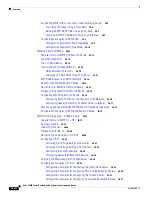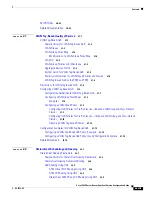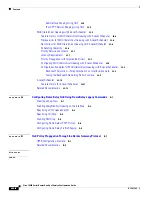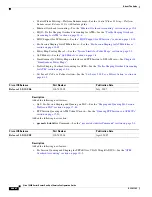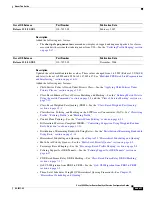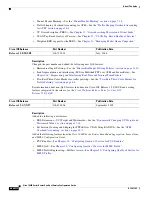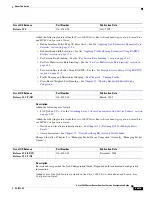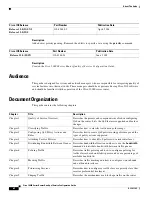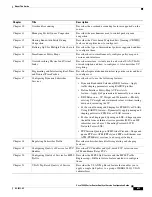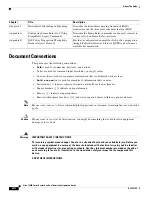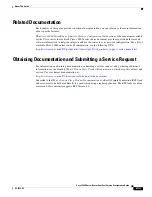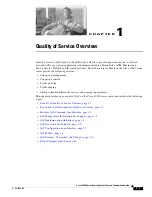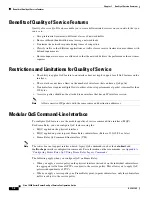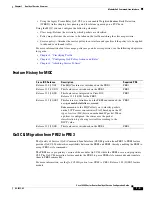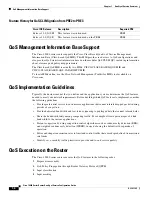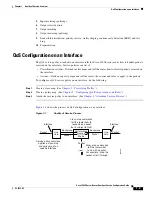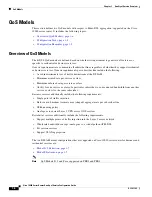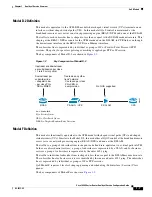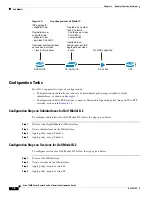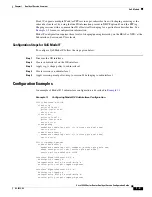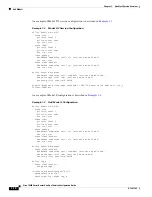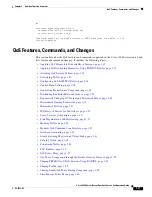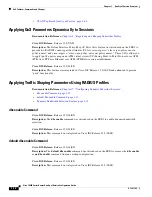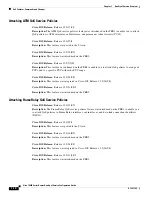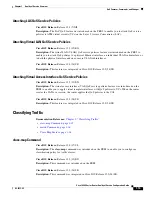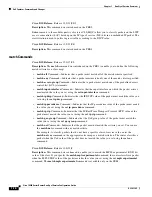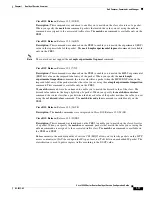
1-2
Cisco 10000 Series Router Quality of Service Configuration Guide
OL-7433-09
Chapter 1 Quality of Service Overview
Benefits of Quality of Service Features
Benefits of Quality of Service Features
Quality of service (QoS) features enable you to create differentiated services on your network that you
can use to:
•
Give preferential treatment to different classes of network traffic
•
Ensure sufficient bandwidth to meet average network loads
•
Determine the network response during times of congestion
•
Classify traffic so that different applications or traffic classes receive treatment in accordance with
defined requirements
•
Ensure adequate resources are allocated so that the network delivers the performance the customer
requires
Restrictions and Limitations for Quality of Service
•
The ability to apply a QoS feature to an interface does not imply support for all QoS features on the
interface.
•
The router does not have a limit on the number of interfaces that can have a QoS policy.
•
Trunk interfaces require multiple flows to achieve line-rate performance at packet sizes smaller than
250 bytes.
•
A service-policy should not be attached to an interface that has an IP interface session.
Note
A flow consists of IP packets with the same source and destination addresses.
Modular QoS Command-Line Interface
To configure QoS features, use the modular quality of service command-line interface (MQC).
For Frame Relay, you can configure QoS features using the:
•
MQC, applied on the physical interface
•
MQC, applied on point-to-point Frame Relay subinterfaces (Release 12.0(19)SL or later)
•
Frame Relay QoS command-line interface (CLI)
Note
The router does not support interface-based, legacy QoS commands such as the
rate-limit
and
traffic-shape
interface configuration commands. For information on these commands, see
Appendix A,
“Configuring Frame Relay QoS Using Frame Relay Legacy Commands”
The following apply when you configure QoS on Frame Relay:
•
When you apply a service policy on the physical interface instead of on the individual subinterfaces,
the aggregate traffic from all PVCs is subject to the service policy. This allows you to apply QoS
policies independently of PVCs.
•
When you apply a service policy on a Frame Relay point-to-point subinterface, only the subinterface
traffic is subject to the service policy.

